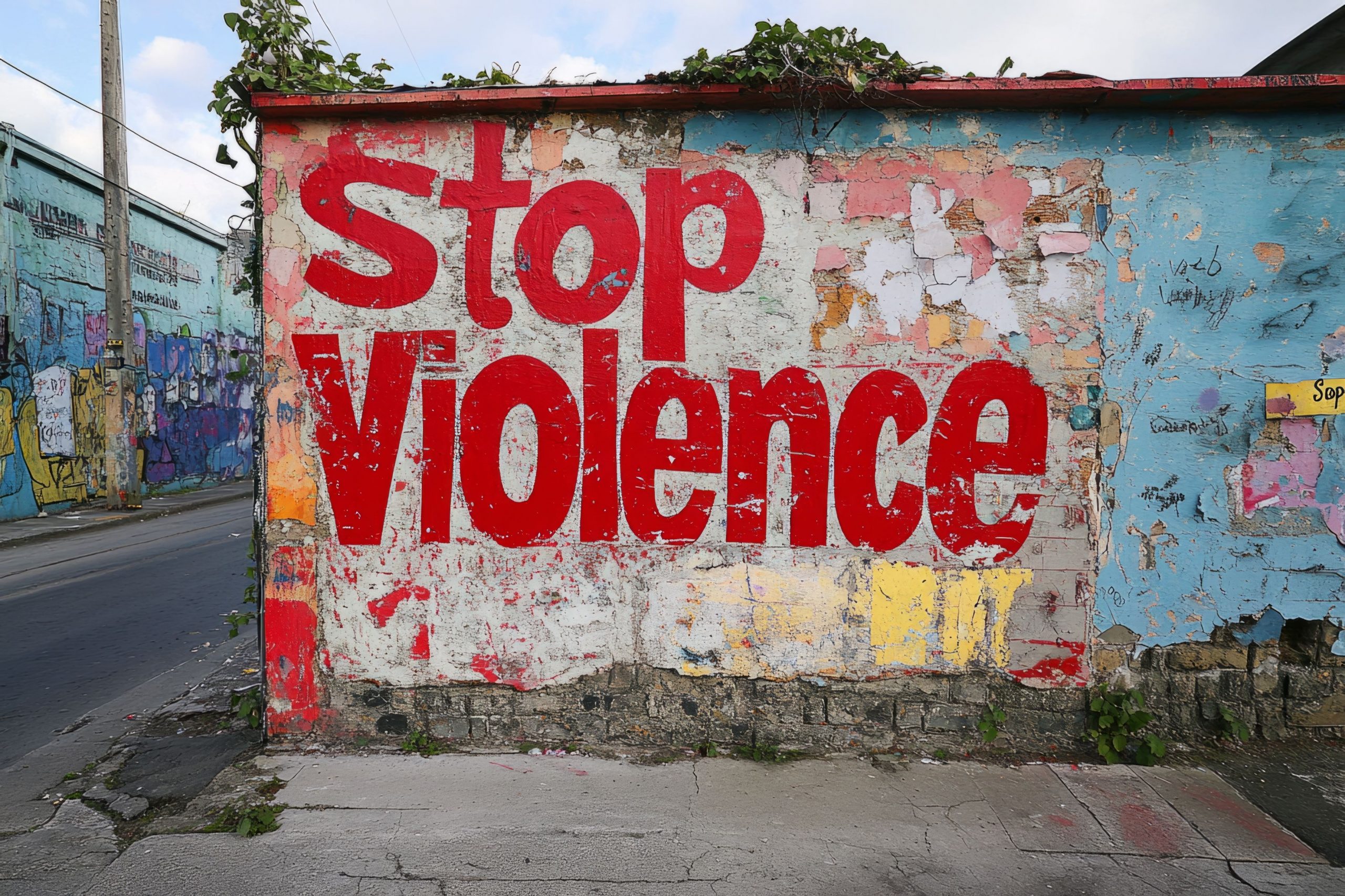Prevalence of physical violence against people in insecure migration status
VISION researchers from the Systematic Review working group (Andri Innes, Sophie Carlisle, Hannah Manzur, Elizabeth Cook, Jessica Corsi and Natalia Lewis) have published a systematic review and meta-analysis in PLOS One, estimating prevalence of physical violence against people in insecure migration status. This is the first review of its type, synthesizing global data on violence against migrants in all types of insecure status.
The review finds that around 1 in 3 migrants in insecure status experience physical violence. Violence included physical interpersonal, community and state violence. Insecure status was conceptualised encompassing undocumented status, lapsed statuses, asylum seeking and other pending applications, and any status that embeds a form of insecurity by tying status to a particular relationship (such as spousal or employer-employee). Studies were only included in the review if the violence happened while the victim was in insecure status.
The VISION team reviewed academic literature published between January 2000 and May 2023, across social and health sciences. The study was global in scope, although data was limited by the English language search.
Key Findings
More than one in four migrants in insecure status disclosed intimate partner violence specifically. Spousal visas embed a particular risk of violence because the visa status is connected to an intimate partner relationship, creating an important power disparity. Nevertheless, there was no significant difference in prevalence of violence by gender across the dataset. Prevalence also did not differ meaningfully across geographic region, perpetrator, status type or time frame.
The most significant findings included that violence exposure is not meaningfully different for people in undocumented status than in other types of insecure status. Physical violence is a concern across all types of insecure migration status types.
The findings were limited because of high levels of heterogeneity in the data. It was also difficult to consider intersectional identity characteristics such as age, race or ethnicity, nationality, religion, marital status, socio-economic status, education level or motivation for migration because these were not standardised across included studies. This suggests that further and specified research is needed in this area.
The review is open access and is available to read in full here.
If you have any comments or feedback for the authors, please contact Andri at alexandria.innes@city.ac.uk
Photo from licensed Adobe Stock library




